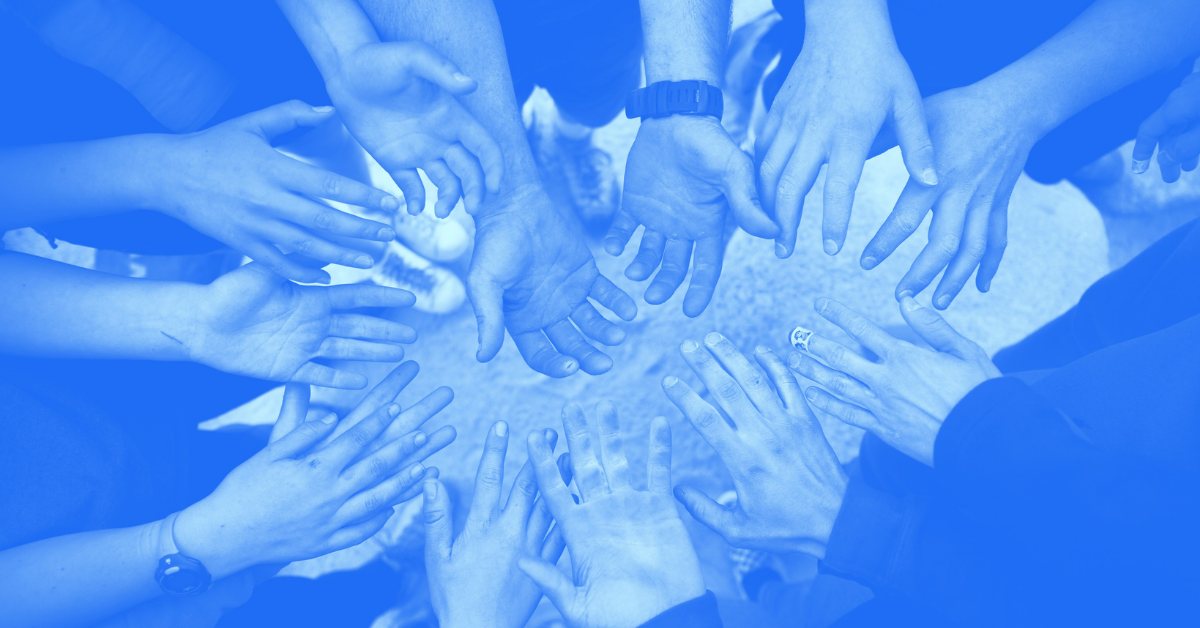Four Helpful Habits for Interrupting Bias and Engaging Across Difference
Share this
Financial planners love identifying learning opportunities. We spend our days at work uncovering them as we help clients identify their real goals or evaluate unconscious attitudes towards money. But when did you last reflect on your own opportunities for growth?
When it comes to diversity and inclusion, we all have conscious and unconscious biases that make it hard to relate to and understand people from different backgrounds. Bias means “a prejudice in favor of or against one thing, person, or group compared with another usually in a way that’s considered to be unfair.”
We hear a lot about racial bias, but bias doesn’t stop there. People can also be biased against many other characteristics, including gender, gender identity, physical abilities, and weight. Often, we don’t even know we’re biased.
Even so, these hidden drivers can affect the way we run our firms. They can prevent us from fostering an inclusive environment or impair our ability to retain minority talent. Biases may even affect our bottom line when we’re uncomfortable or ineffective in dealing with diverse clients and prospects.
In order to truly embrace and improve diversity and inclusion in our profession, we must confront these biases and learn how to change them. Donté McGuire and Timea M. Webster of the University of Maryland’s (UMD) Office of Diversity and Inclusion have provided four specific ways to develop helpful habits for interrupting bias and engaging across differences.
Habit 1 - Self-Reflection: Consider Being Wrong
One of the scariest parts about unconscious bias is that we may not even know it’s happening. That’s why it’s called unconscious bias. We make judgments or develop attitudes towards people without conscious thought. For example, multiple studies have found that people who are biased against black people are more likely to mistake non-weapons for weapons (for example, seeing a phone as a gun, or a comb as a knife). This can lead to deadly errors. In fact, in computer simulations, people with higher levels of bias are more likely to shoot an unarmed person. We develop these biases from the world around us—media, news and other forms of pop culture.
How can you combat this type of bias? According to McGuire and Webster, the first step is to consider that some of your beliefs can be wrong. They suggest reflecting on a time when you changed your mind on a deeply held belief. Where did you first learn that belief? How did it feel to have that belief challenged? What made/helped you change your mind?
Considering that you might be wrong helps you confront the stories you tell yourself as you interact with others who are different from you.
Habit 2 – Increase “Demographic/Issue Specific” Awareness
How do you see yourself? You probably identify with multiple social groups: your gender, ethnicity, sexual orientation, social status, or any number of characteristics. Additionally, the importance of each identity varies, even among people of similar identities.
“Don’t assume that you know or understand a person’s experience,” Webster cautions. Often our bias colors our assumptions about a person’s situation. McGuire and Webster suggest first becoming cognizant of your own identities. What characteristics about yourself do you most identify with? Maybe it’s your race, gender, age, religion, education level, and/or socioeconomic status.
After becoming cognizant of your own identity, create an environment where you and others feel comfortable discussing it. According to McGuire and Webster, you can do this by asking good questions from a place of curiosity about another’s story and experience. Or when working on similar tasks, asking how the process is working for them.
Allowing people to speak about their identities will help you empathize with what’s really important to them and will provide insight into how you can address their specific needs. This becomes especially important when developing and marketing to a niche.
Habit 3 – Identify and Expand Your Associations
Confronting your biases may feel uncomfortable. McGuire and Webster contend that expanding your associations outside of your current circle of influence can help you confront your biases, even if it’s a little unsettling. You can start this process by asking yourself where you get your information now and how you expand what you already know. Participating in conversations and seminars of people with different background also helps.
Learning to accept and value diverse people can enrich your life personally and it can have a positive business impact. According to the McKinsey’s Deliver Through Diversity report, companies with the most ethnically diverse executive teams are 33% more profitable. A Catalyst study found that companies with more women in executive positions have a 34% higher return to shareholders.
Habit 4 – Recover From Mistakes
Interrupting bias is a process. You won’t achieve it overnight. McGuire and Webster urge people to strive for progress, not perfection. As you venture into these new habits, you’re likely going to say or do something that offends someone. That’s okay, as long as you handle it the right way. “Rather than becoming defensive if someone gets offended,” McGuire suggests, “focus on intent and impact.”
You can apologize for the impact your statement had on its recipient. But it’s even better to go a step further and explain your intent behind what you said and ask for guidance on how to best make sure your intent and expression are aligned.
We all have biases that we need to confront. Developing these four habits will help you interrupt these biases and learn to engage with others in a meaningful way. McGuire and Webster will help us explore these habits even more during our next XYPN Diversity Committee Quarterly Conversation. Join us July 26 at 2:30PM EST/11:30AM PT to learn how you can interrupt your biases and engage across differences.

About the Author
Brian Thompson, JD, CFP® is the founder of Brian Thompson Financial LLC. His firm specializes in helping LGBTQ couples set and achieve their goals, protect and grow what they already have and guide them to the lifestyle that brings them fulfillment and happiness. Brian also serves as President of XYPN's Diversity Committee, whose mission is to lead the industry by attracting, supporting, and developing a diverse group of Financial Planners so our community can embrace our differences and make us all more knowledgeable, more accepting, and better people.
Share this
- Advisor Blog (690)
- Financial Advisors (219)
- Growing an RIA (99)
- Digital Marketing (86)
- Marketing (83)
- Community (81)
- Start an RIA (75)
- Coaching (72)
- Business Development (70)
- Running an RIA (70)
- Compliance (69)
- Client Acquisition (65)
- Technology (64)
- XYPN LIVE (59)
- Entrepreneurship (56)
- Sales (48)
- Practice Management (44)
- Client Engagement (41)
- XYPN Books (38)
- Bookkeeping (37)
- Investment Management (37)
- Fee-only advisor (34)
- Lifestyle, Family, & Personal Finance (31)
- Employee Engagement (30)
- Client Services (25)
- Financial Education & Resources (24)
- Market Trends (21)
- Journey Makers (20)
- Process (14)
- Niche (11)
- SEO (9)
- Scaling an RIA (8)
- Career Change (7)
- Partnership (6)
- Transitioning Your Business (6)
- Transitioning To Fee-Only (4)
- Social Media (3)
- Transitioning Clients (3)
- Emerald (2)
- Persona (2)
- RIA (2)
- Onboarding (1)
- Sapphire (1)
Subscribe by email
You May Also Like
These Related Stories

How to stay relevant in an increasingly diverse environment
Oct 22, 2018
4 min read

How to Promote Diversity in Your Business
April 9, 2018
5 min read



